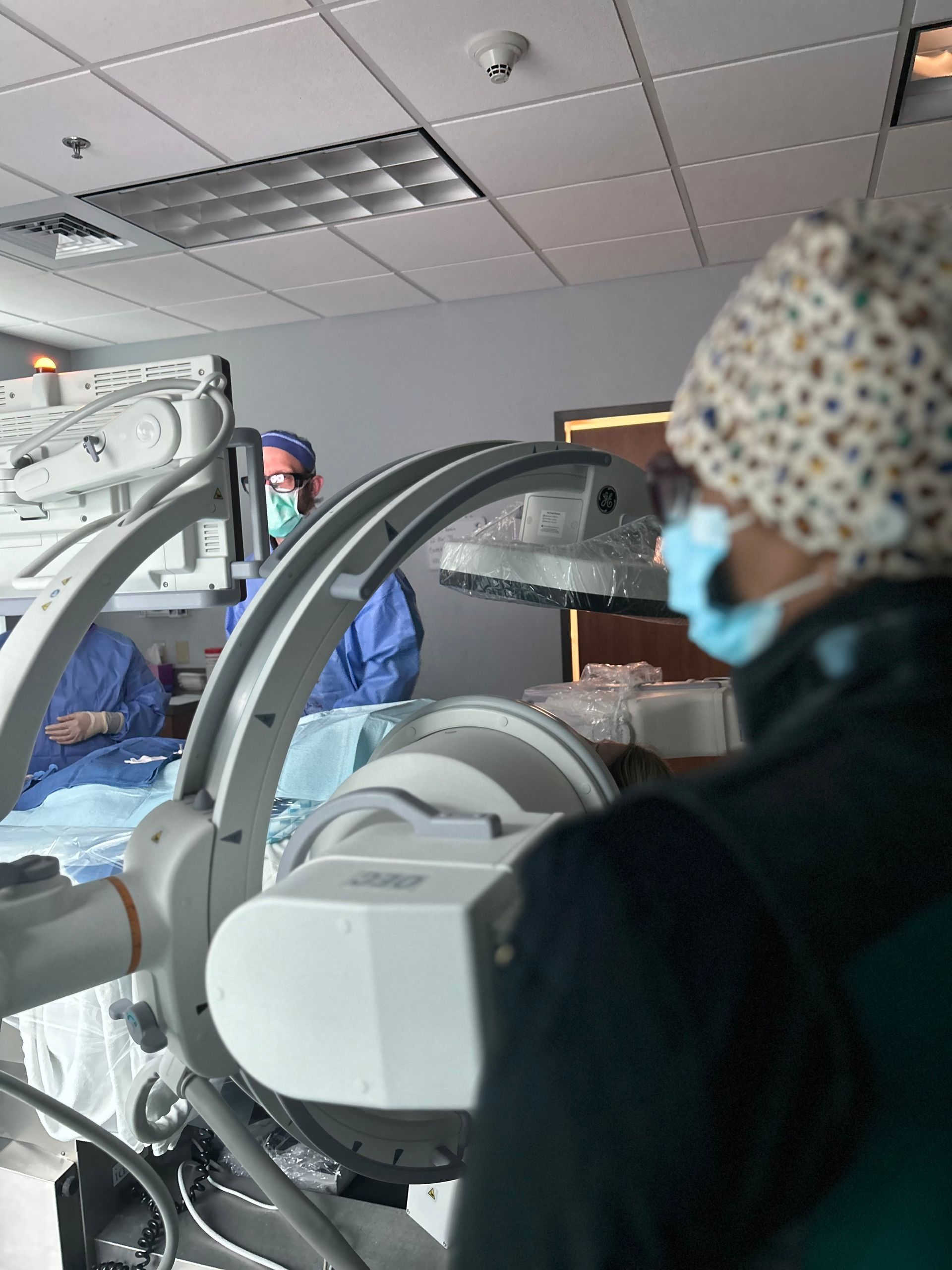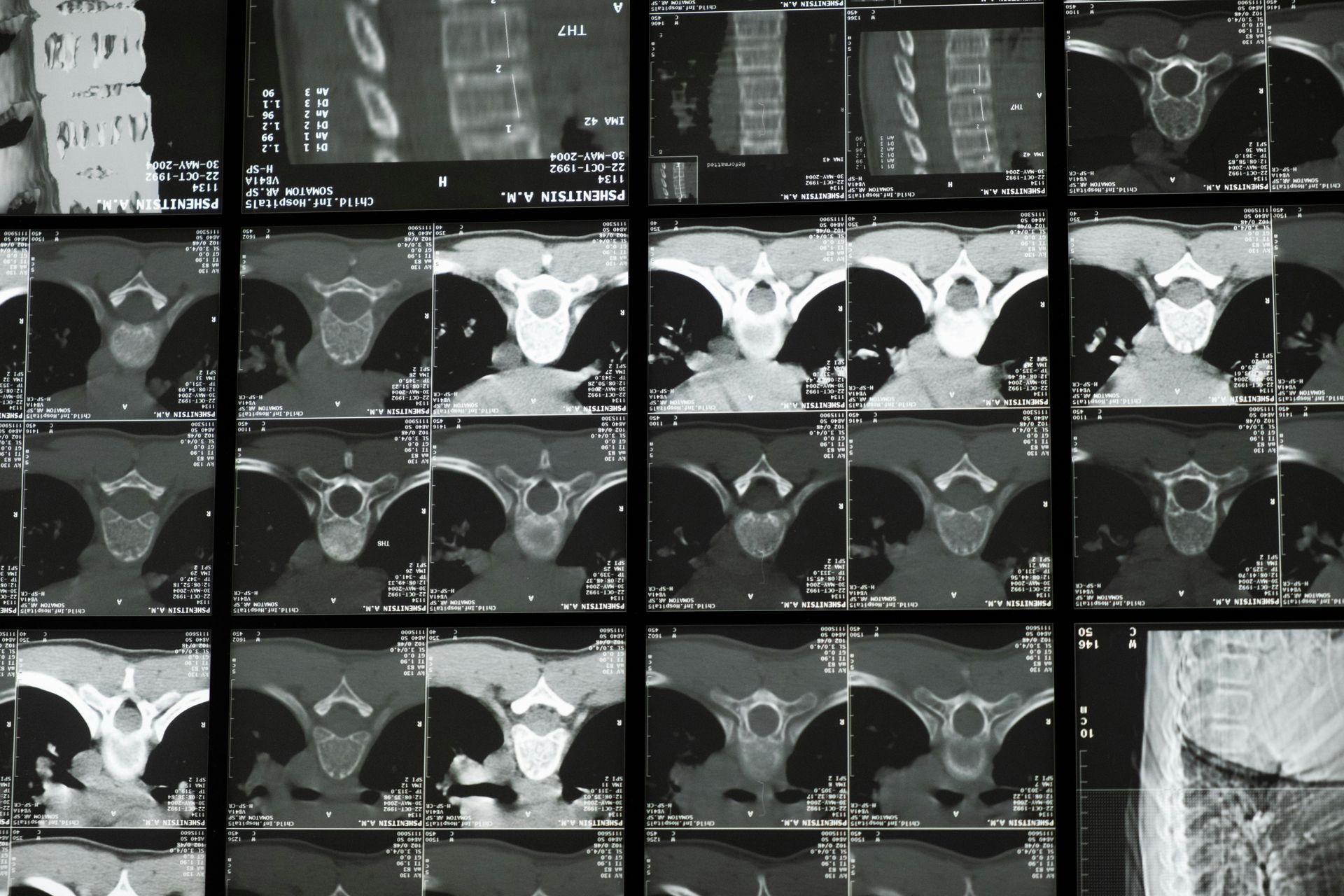About...Spider Vein Sclerotherapy
Sclerotherapy is a procedure used to treat varicose veins and spider veins, involving an injection of a solution directly into the vein using a very fine needle. The solution irritates the lining of the vessel, causing it to swell and stick together. Over time, the vessel turns into scar tissue that fades from view. Many different solutions are available for use in sclerotherapy, and Dr. Thomas will select the best one for your particular needs.
The number of veins injected in one session varies, depending on the size and location of the veins, and the patient’s overall medical condition. Mild discomfort may occur, and a cramping sensation may be felt for one to two minutes when larger varicose veins are injected.
The sclerotherapy procedure itself takes about 30 to 45 minutes. Sclerotherapy works well for most patients with varicose veins. We estimate that as many as 50 percent to 80 percent of injected varicose veins may be eliminated with each injection session.
A few (less than 10 percent) of the people who have sclerotherapy on their varicose veins do not respond to the injections at all. In these instances, different solutions or a different method, such as laser therapy, may be tried. Spider veins respond to sclerotherapy in three to six weeks, and larger veins respond in three to four months. If the veins respond to the treatment, they will not reappear. However, new veins may appear over time, and additional sclerotherapy sessions may be needed.
Before your appointment, shower and wash your legs thoroughly. Avoid shaving and moisturizers the day of and the day after the procedure. Your legs should not be tan at the time of your treatment. Avoid sun exposure on your legs and do not use a self-tanner before your procedure. We’ll provide you with a pair of disposable exam shorts to wear for the procedure. Please wear loose fitting pants or shorts to your appointment, as your leg will be bandaged after the procedure. In addition, please wear a cool, comfortable top as the room will be heated during your treatment.
You may experience certain side effects after your sclerotherapy. Larger injected varicose veins may become lumpy and hard for several months before resolving. Raised red areas may appear at the injection sites and should disappear within a few days. Brown lines or spots on the skin may be noted at the site of the injection, possibly caused by a form of iron that escapes from the injected veins. In most cases, they disappear within three to six months, but can be permanent about five percent of the time. Bruising may occur around the injection site and can last several days or weeks.
Other side effects rarely develop after sclerotherapy. However, if you have any of these side effects, please contact your physician immediately:
- Inflammation within five inches of the groin
- Sudden onset of a swollen leg
- Formation of small ulcers at the injection site
- Red streaking, especially in the groin area
- Allergic reactions to the sclerosing agent (may occur at the time of the injection and are rarely serious).
We want to encourage you to call Dr. Thomas with any concerns or questions you may have before or after your sclerotherapy procedure. You’ll also want to discuss any medications you’re taking with the doctor to ensure there are no interactions. Please let us know if you have any allergies or sensitivities to adhesives or latex, a history of asthma, or if you may be pregnant.
After the treatment you’ll be able to drive yourself home. You may resume your regular activities and are encouraged to walk. You’ll be instructed to wear support hosiery or compression wraps to “compress” the treated vessels for a few days after your treatment. Support stockings purchased from a retail store may not be adequate if a heavier compression stocking is prescribed.
After the procedure, avoid alcohol, aspirin, ibuprofen and other anti-inflammatory medications for at least 48 hours. Tylenol may be taken, and ice may be used for swelling. Avoid hot water (use warm water to shower) tub baths for 24 hours. Your legs may feel tender and sore. You are encouraged to walk. Treated veins may appear discolored and firm to the touch and will fade over time.
If additional treatments are necessary, they may be performed at four to six week intervals.
If you live in the Murfreesboro area, please contact Dr. Thomas for a consultation!












